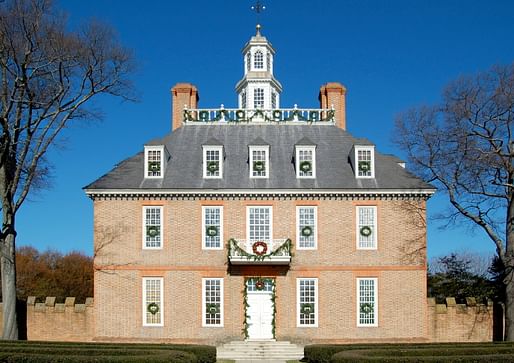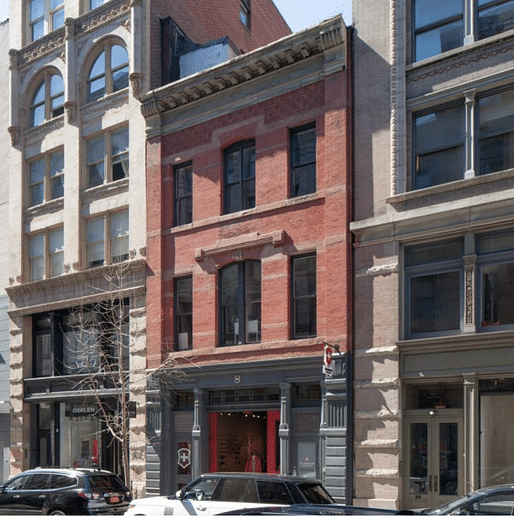

Alongside a wider effort to uncover and rediscover the lost and forgotten histories of historically marginalized groups and populations, Colonial Williamsburg in Virginia has recently taken steps to uncover the 18th century living-history museum's queer legacies.
In a recent report, Atlas Obscura takes a look at the nascent efforts being undertaken at Colonial Williamsburg to shed light on these historical narratives in order to present a more complete picture of the time.
A recently formed research committee is digging through court records, historical accounts, and other forms of documentation pertinent to the era of the museum in order to better understand and communicate the lived experiences of people who did not conform to the gender or sexual norms of the time, with the eventual goal of incorporating these stories into the "living" aspects of the museum in some way.
Of particular focus is uncovering more information on the lives of queer free and enslaved Black people, as well as investigating whether English "molly houses," meeting places for homosexual men often located in taverns, were imported to the American colonies.
“I just want to tell the whole story of Colonial Williamsburg,” Aubrey Moog-Ayers, an apprentice weaver at Colonial Williamsburg who identifies as queer and helped spearhead the research committee's efforts, tells Atlas Obscura.

The effort has been mirrored across the country as preservation and cultural heritage groups aim to infuse diverse perspectives into the historical narratives used to describe the American built environment.
No Comments
Block this user
Are you sure you want to block this user and hide all related comments throughout the site?
Archinect
This is your first comment on Archinect. Your comment will be visible once approved.